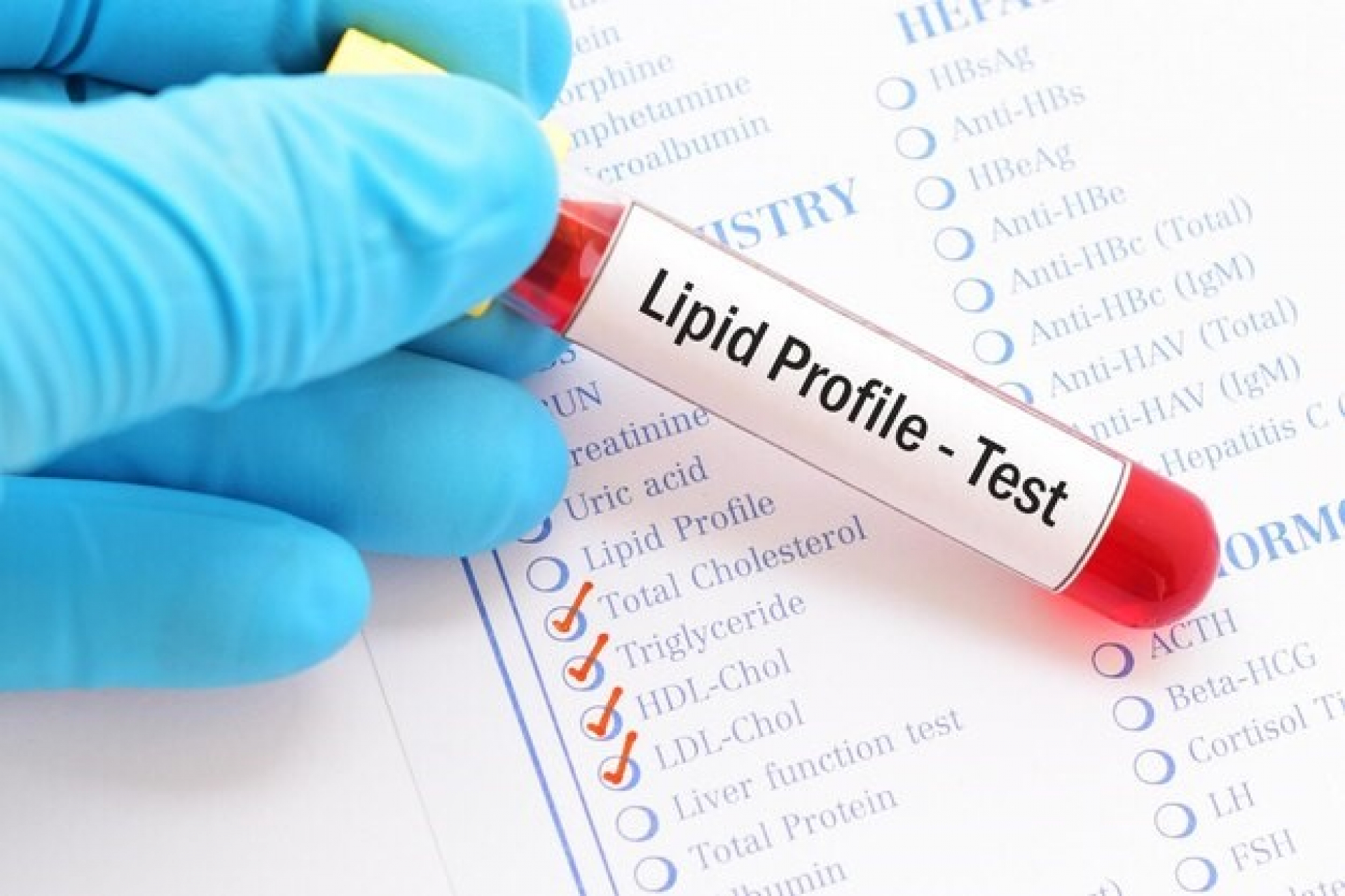The lipid profile test or the lipid panel test is a blood test that can measure the complete cholesterol levels along with triglycerides in the blood. Cholesterol and triglycerides are lipids or fats that are important for maintaining healthy cell function and making vitamin D and other hormones. When these lipids build up in the blood they result in clogging and inflammation of the blood vessels that may increase your risk of cardiovascular diseases (CVD). The changes in the levels of lipids cause a condition called dyslipidemia that can increase the risk of cardiovascular disease and stroke. It is important to eat a healthy, balanced diet and be physically active to maintain the levels of cholesterol in the body.
is a chronic condition in which your body does not produce enough insulin or cannot respond to the effects of insulin which leads to increasing the levels of sugar (glucose) in your body. Metabolic syndrome is a cluster of risk factors that can happen at once increasing the chances of cardiovascular disease, stroke, and type 2 diabetes.
The lipid profile test helps predict the risk of cardiovascular disease, liver disease, or stroke. This test is recommended by your healthcare provider to monitor the levels of cholesterol in your body when you are diabetic and are at risk of developing metabolic syndrome.
What do we test in lipid profile?
The lipid profile test evaluates five different types of lipids which include:
Total cholesterol: This test measures the levels of overall cholesterol which is a combination of LDL-C, VLDL-C, and HDL-C.
Low-density lipoprotein (LDL) cholesterol: This test measures the levels of bad cholesterol in the blood that increases your risk of cardiovascular disease. The Direct LDL Cholesterol Test is often used to accurately measure LDL levels without requiring fasting.
Very low-density lipoprotein (VLDL) cholesterol: This test measures the levels of LDL that is present in very low amounts in the blood, usually occurring in the blood from the food that is consumed. The increased levels of VLDL-C in a fasting blood sample indicate abnormal lipid metabolism.
High-density lipoprotein (HDL) cholesterol: This test measures the levels of good cholesterol which helps in decreasing the buildup of LDL-C in the blood vessels.
Triglycerides: This test measures the levels of fats accumulated in the blood from the food we consume which can lead to cardiovascular disease and pancreatic inflammation.
The correlation between metabolic syndrome, diabetes, and lipids
Dyslipidemia is a condition in which there are elevated levels of LDL and triglycerides and low levels of HDL in the blood, and it is a common factor of diabetes. The risk of CVD is comparatively higher in diabetic people with dyslipidemia than in nondiabetic people. Similarly, metabolic syndrome also poses the risk of CVD and stroke where dyslipidemia can be an important factor.
Role of lipids in causing cardiovascular disease
Lipids, being insoluble in the plasma of the blood circulate and bind to lipoproteins and help in various functions of the cells. Lipoproteins are the components that consist of lipids and a protein called apolipoprotein. When the lipoprotein crosses the endothelial barrier of the arterial vessels it undergoes modifications and causes plaque progression and causes atherosclerotic cardiovascular disease.
Diagnosis using the lipid profile test
In this test, a blood sample is taken to measure different lipids such as total cholesterol, LDL cholesterol, VLDL cholesterol, HDL, and triglycerides. The normal ranges of these lipid components are as follows:
|
Parameters |
Normal lipid profile levels |
|
Total Cholesterol |
Up to 200mg/dL |
|
LDL Cholesterol |
Less than 100 mg/dL (For people with diabetes: Below 70 mg/dL) |
|
VLDL Cholesterol |
0-30 mg/dL |
|
HDL Cholesterol |
40-60 mg/dL |
|
Triglycerides |
Less than 150 mg/dL |
Deviation from normal levels indicates the following:
- Higher or lower than normal range lipid profile levels indicate borderline, intermediate, or high-risk ranges for cardiovascular diseases.
- Having higher-than-normal levels of total cholesterol, LDL, and triglycerides can increase your risk of cardiovascular diseases.
- Having lower-than-normal levels of HDL can increase your risk of cardiovascular diseases.
- Having abnormally low cholesterol levels is rare. It indicates the presence of an underlying disease that is causing chronic infections, inflammation, and malnourishment.
Managing dyslipidemia in patients with diabetes and metabolic syndrome
is common in people with diabetes and metabolic syndrome which are associated with atherosclerosis and other cardiovascular diseases. Different ways to help manage dyslipidemia include:
Healthy diet: Eating a healthy diet by including fruits, vegetables, whole grains, poultry, fish, nuts, and healthy oils and reducing the intake of red meat, and whole dairy products reduces the risk of cardiovascular diseases.
Physical activity: A sedentary lifestyle lowers the levels of HDL in the body. A daily workout regime of 30 minutes a week helps lower cholesterol levels.
Quitting smoking: Smoking lowers the levels of HDL increasing their risk of CVD, diabetes, and blood pressure. Quitting smoking can lower the levels of triglycerides and also reduce the damage caused to arteries.
Pharmacotherapy: Managing dyslipidemia by using certain prescribed drugs like statins is significantly beneficial as it can lower the levels of triglycerides by 20% - 40%.
Individuals with higher levels of cholesterol and triglycerides along with diabetes and metabolic syndrome should be monitored on an annual basis. An early intervention and intensive management of the lipids, and blood glucose helps in avoiding risks like cardiovascular diseases, stroke, and other complications.
[sh1]Internal Link Added
[sh2]External Link Added


